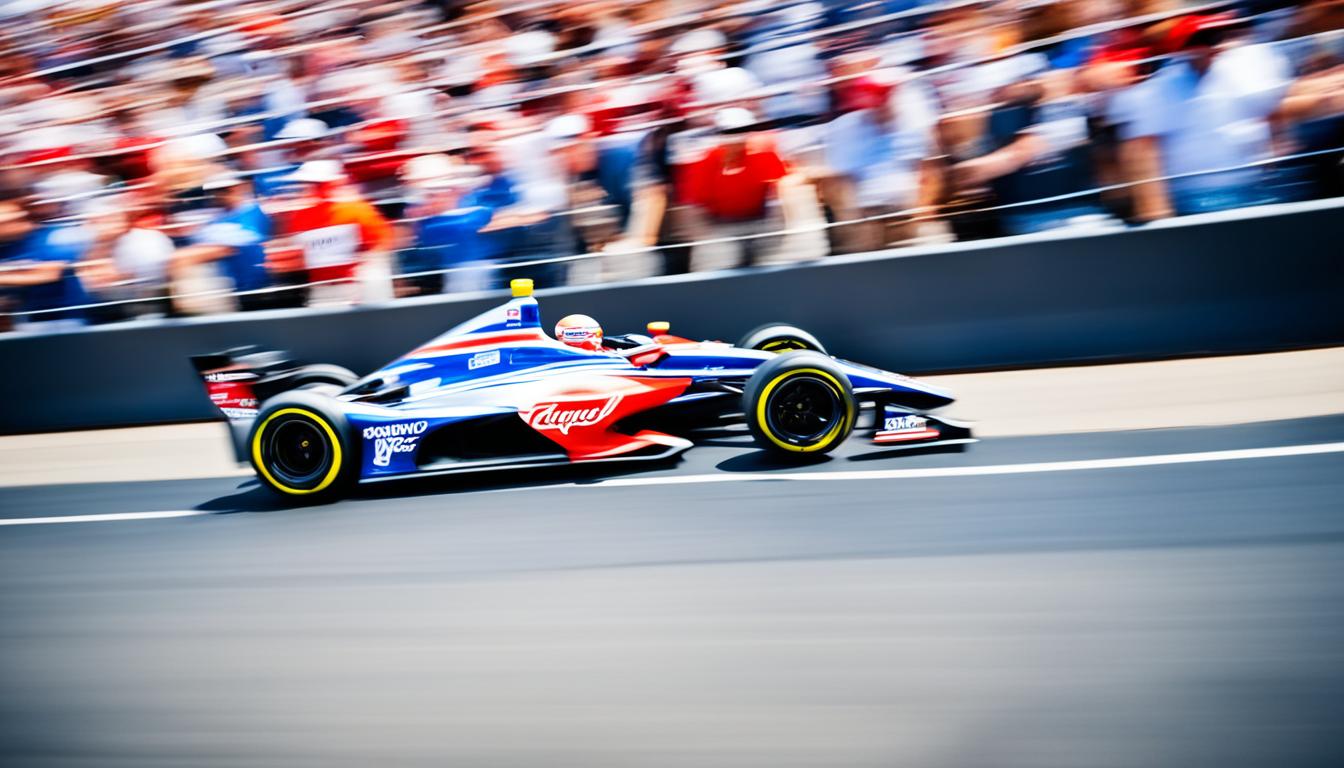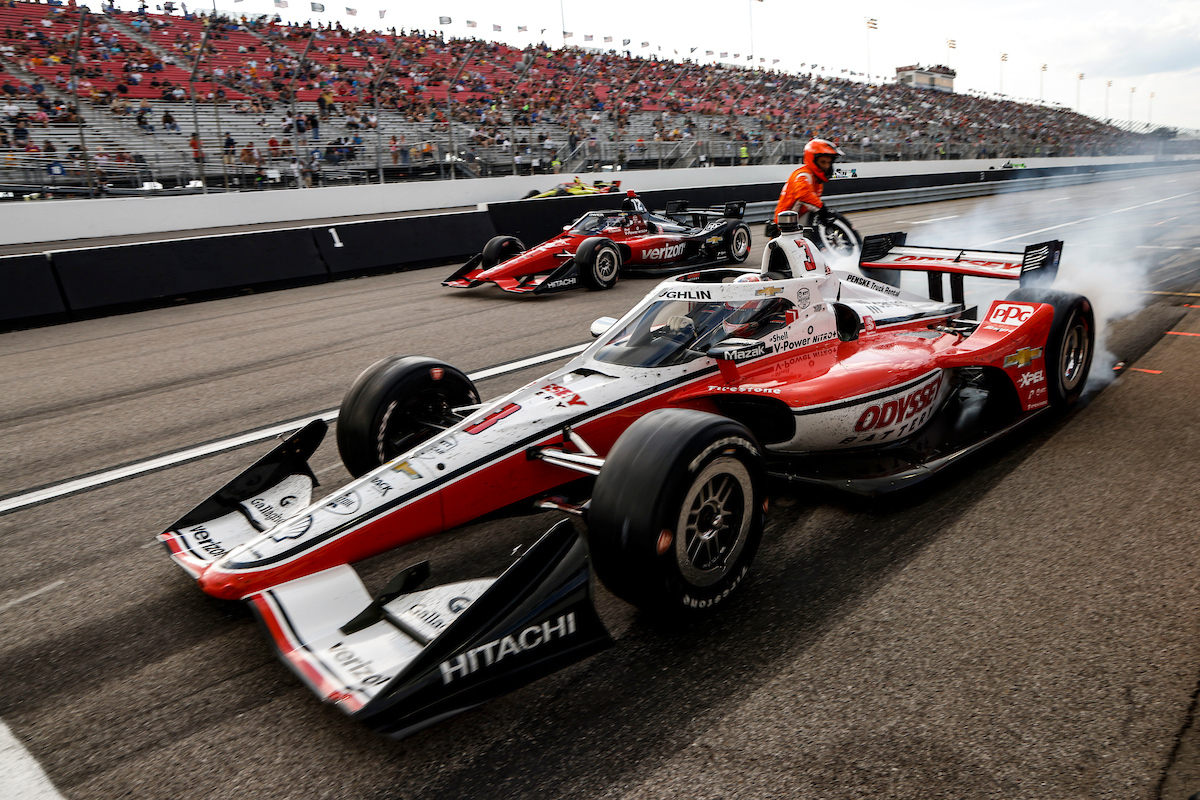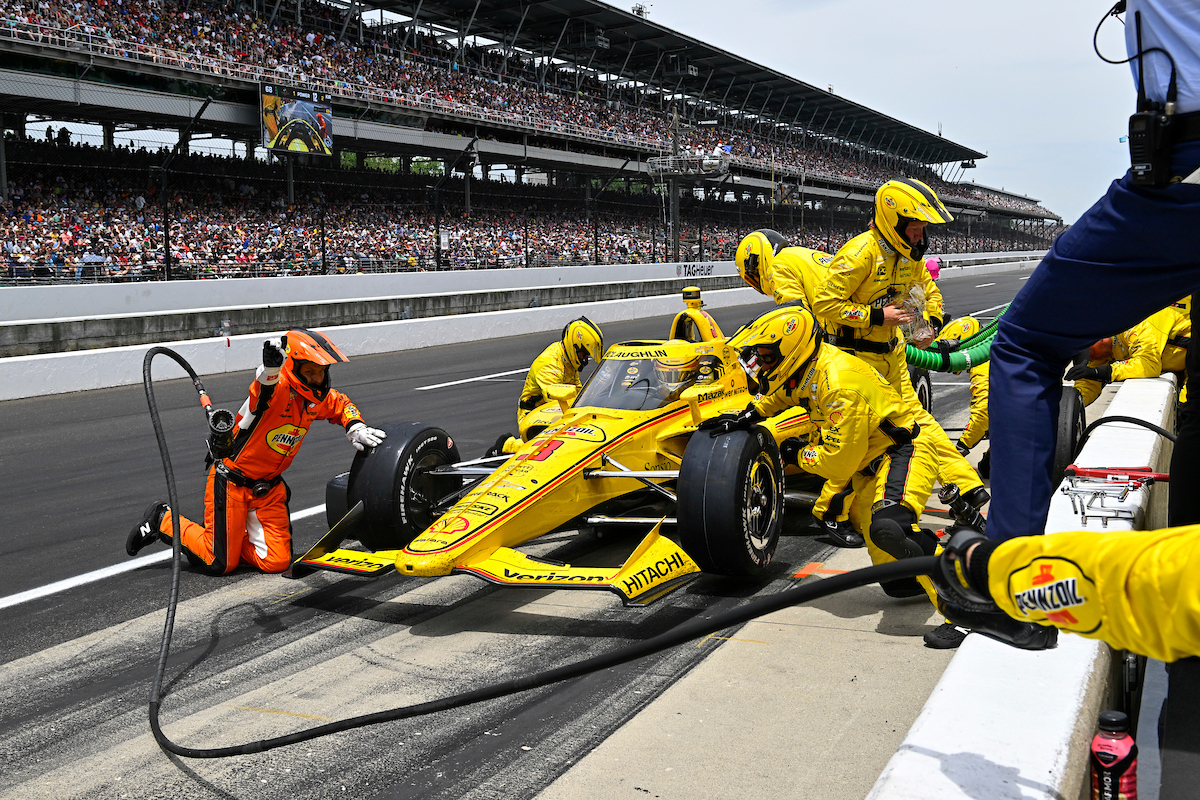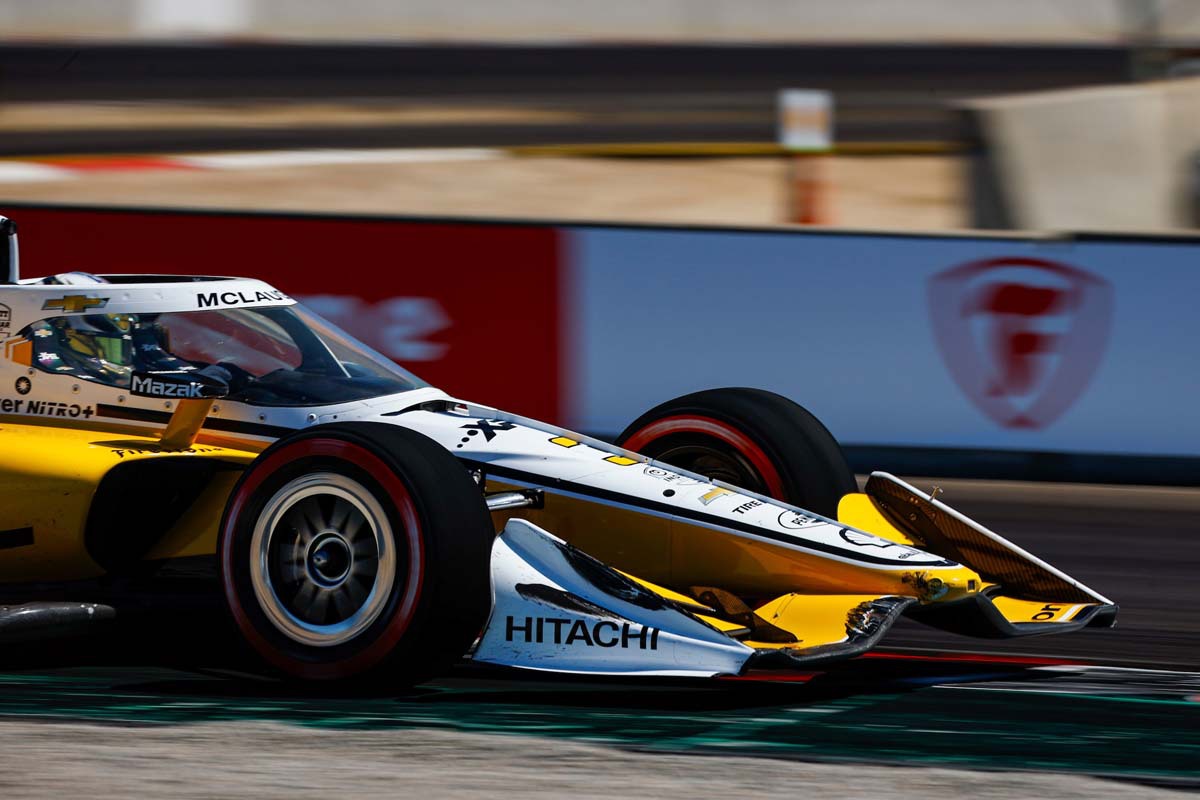How Much Does An IndyCar Wheel Cost?
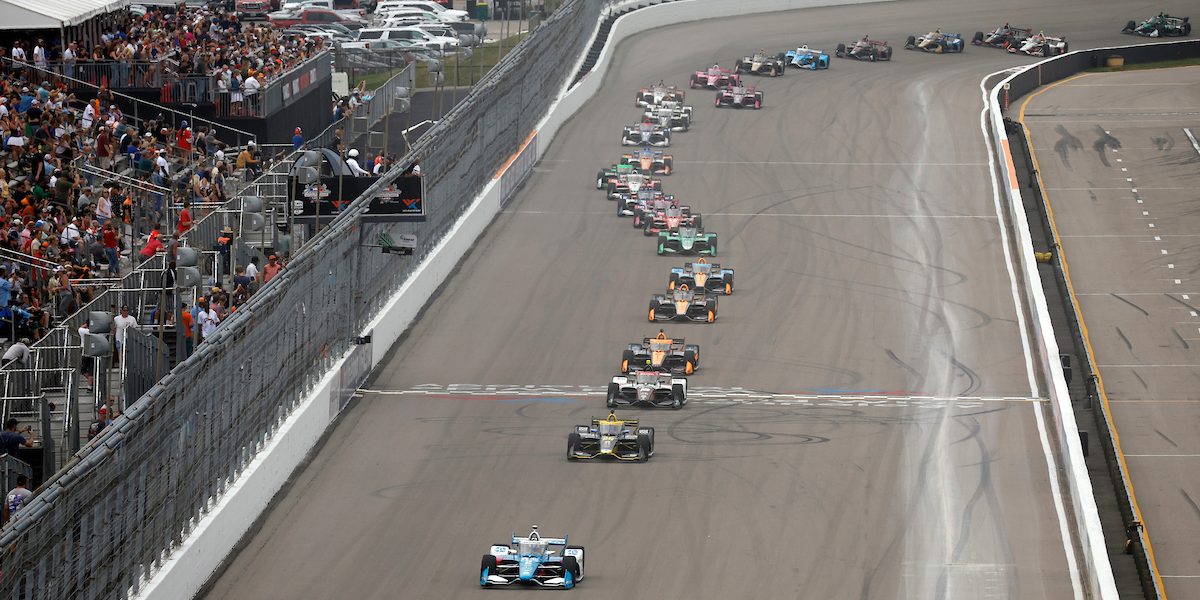
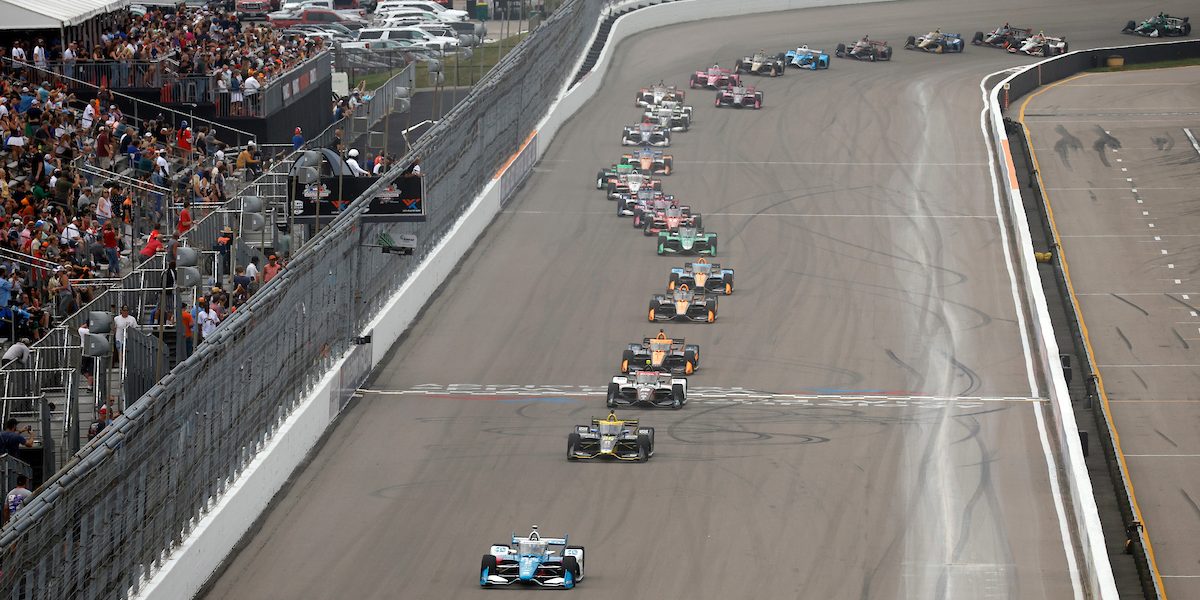
An IndyCar wheel is a significant expense in the world of motorsport, with costs reflective of its importance and technology. To understand the investment for teams, a top-of-the-line IndyCar steering wheel alone can cost upwards of $40,000. The wheel is no ordinary component; it is a sophisticated piece of equipment that drivers rely on to navigate their cars at incredible speeds exceeding 200 miles per hour, making its design and functionality critical to performance and safety.
The expense of a wheel is not just a matter of material costs but is also indicative of the advanced engineering that goes into every aspect of an IndyCar. It encompasses state-of-the-art technology to enhance the vehicle’s handling and to provide drivers with the necessary tools to make real-time decisions and adjustments during a race. Beyond the steering wheel, the cost of the entire wheel assembly—tyre, rim, sensors, and associated components—also contributes to the overall expenses that teams must budget for throughout the racing season.
Key Takeaways
- An IndyCar steering wheel alone can have a price tag exceeding $40,000.
- Wheels incorporate advanced technology for optimal performance and driver safety.
- Understanding wheel costs is important for teams when budgeting for a racing season.
Table of Contents
Understanding IndyCar Steering Technology
The IndyCar steering wheel is an essential interface between the car and the driver, packed with a plethora of controls that manage various aspects of the vehicle’s performance. This piece of hardware not only provides directional input but also serves as a command center for the driver.
Evolution of the Steering Wheel
The evolution of the steering wheel in the world of IndyCar has been driven by constant advancements in technology and safety. Initially, steering wheels were merely used to control the direction of the vehicle. However, as technology progressed, the steering wheel transformed into a complex control unit. Today’s IndyCar steering wheels are crafted from high-strength, lightweight materials like carbon fiber and are festooned with buttons, toggles, and paddles that offer a host of functions to the driver at high speeds.
Functionality of Controls
Modern IndyCar steering wheels feature a sophisticated array of controls that allow drivers to adjust settings without taking their hands off the wheel.
Buttons: Typically, the steering wheel includes an array of buttons with functionalities such as radio communication with the team, fuel mixture settings, pit speed limiter, and more.
Toggles: Adjustable knobs or toggles are present to fine-tune the car’s performance parameters such as brake balance and engine mappings.
Paddles: Paddles situated behind the steering wheel mainly control the gearbox for quick shifting; some paddles are even configured for clutch control or overtaking assistance.
Each function is mapped strategically on the wheel for intuitive use, ensuring that drivers can react swiftly and accurately during the high-pressure environment of a race. Enabling these controls within thumbs’ reach exemplifies the balance between complexity and efficiency in IndyCar steering design.
What controls are on the steering wheel of an IndyCar?
An IndyCar steering wheel is a highly sophisticated piece of equipment, bristling with buttons, switches, and displays that allow a driver to control various functions of the car while racing at high speeds.
Here’s a detailed breakdown of the controls typically found on an IndyCar steering wheel:
- Dashboard: This is the central display that provides the driver with critical information such as speed, lap times, fuel levels, and engine data.
- RPM Shift Lights: A series of LED lights that indicate the optimal points to shift gears.
- Pit Lane Speed Limiter: A button that, when pressed, limits the car’s speed to the pit lane speed limit to avoid penalties.
- Push-To-Talk Radio Button: Allows the driver to communicate with their pit crew.
- Weight Jacker: On oval tracks, there’s a button that gets reprogrammed to adjust the weight distribution between the two front tires to alter the car’s handling characteristics. This is sometimes referred to as the ‘O/S’ button or weight jacker.
- Overtake Button: Also known as ‘Push to Pass’, this button gives the car a temporary boost in power for overtaking maneuvers.
- Custom-fitted Handgrips: Each driver has handgrips that are custom-fitted to their hands for maximum comfort and control.
These controls are designed to be within easy reach of the driver, allowing for quick and efficient adjustments without the need to take their hands off the wheel during a race. The exact configuration of the buttons and switches can vary from team to team and driver to driver, as each may have a slightly different preference for how they like their steering wheel set up.
What are the lights on an IndyCar steering wheel?
The lights on an IndyCar steering wheel are primarily the RPM shift lights. These lights are a row of LEDs that illuminate based on the engine’s revolutions per minute (RPM) to indicate to the driver the optimal time to shift gears. As the engine RPM increases, the lights will change color and illuminate in succession. Typically, they start with green, then turn to red, and sometimes blue, as the engine approaches the rev limit. This visual cue helps the driver to maximize the car’s performance by shifting gears at the precise moment to maintain the optimal power band of the engine.
The lights are usually arranged in a horizontal line or a semi-circle and are positioned at the top of the steering wheel where the driver can easily see them without looking away from the track. The specific colors and sequence can vary, but the purpose is to provide a quick and intuitive signal to the driver for timing their shifts.







